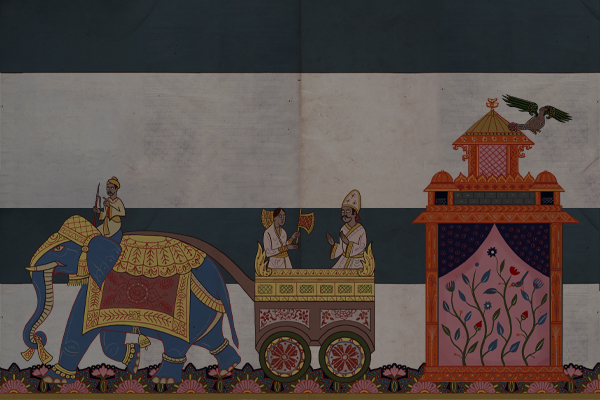Several questions or remark were raised during the game.
- 1) Do steady pike in a one rank deep formation prevent an opponent from using its swordmen POA?(same applies for chariots, lances...). Ranks are necessary to get the Pike POA, but do not seem to be to prevent the opponent getting theirs.
2) I tried, once again, to stop an elephant with a LF unit. This time, I used superior Agrianian javelinmen. Despite winning the Impact phase with some luck, the result was eventualy a rout after 4 or 5 bounds of melee. Despite being praised as the most efficient troops in the antiquity to stop elephants, LF regularly fail to do so in AoW. Looking at the number of dices involved, the same would probably applies too against scythed chariots. One possible solution for this issue, if it is felt as such, would be to allow LF not to divide their number of dices against elephants or scythed chariots.
3) The restriction on moves for undrilled troops within 6 of enemy is creating some problems IMO. In our game, an elephant BG broke a LF BG and pursued, getting past the companions which were engaged against the indian archers. Despite having no direct enemy and being led by a general, the elephant failed 2 CMT in a row, effectively putting them out of the game.
Here is a photo of the situation after the first rout/pursuit move.

One possible solution to avoid such a situation would be to require a CMT only if the undrilled troop has some enemy, facing it, within 6MUs straight to its front. The idea is to create a sort of "zone of control" which would extend 6MU in front of all units. Undrilled troops would be required to test for wheeling only if they are in the "zone of control" of an enemy unit which is also in their own "zone of control". One possible refinement would be to allow non skirmishers to disregard skirmishers "zone of control".
With the current writing of the rule, it is possible to have a unit completely overlapping a BL, yet to be unable to get it into the enemy flank due to bad dices on the CMTs.
4) As long as a troop is winning, the +2 bonus makes it almost immune to the death roll. This is specially true for small BG when used in a concentrated area. Their small frontage prevent the enemy to have too many dices against them. With several POA advantages, they get few hits and almost no casualties unless the player is really unlucky. This means that there is no real fatigue effect and that a group of high quality troops can easily create a hole in the opponent's army with no real risks. Having several lines of troops does not help the opponent since the BGs emerge intact and still fully functionning from each melee. The problem is made worse by the fact that there are 3 rounds of fight (one impact and 2 melee) between each move phase of a given player. Superior well equipped troops are therefore too powerfull IMO (especially if led by a general) and by the time the opponent has managed to get to the flanks, 1 or 2 BGs have been broken in the front and the player can just turn around and blast away the flankers.
This creates IMO a real play balance issue with low quality large armies being greatly disadvantaged.
I see 2 possible solutions to this issue:- a) delete the +2 bonus for winning BGs (or reduce it to only +1)
b) accumulate the hits received from one melee to the next until a death roll is failed (a unit winning a melee with 12 hits to 8 in a single round will automaticaly lose a base, the same unit winning 4 consecutive melee with 3 hits to 2 in each round will never lose one)
- a) delete the +2 bonus for winning BGs (or reduce it to only +1)
















